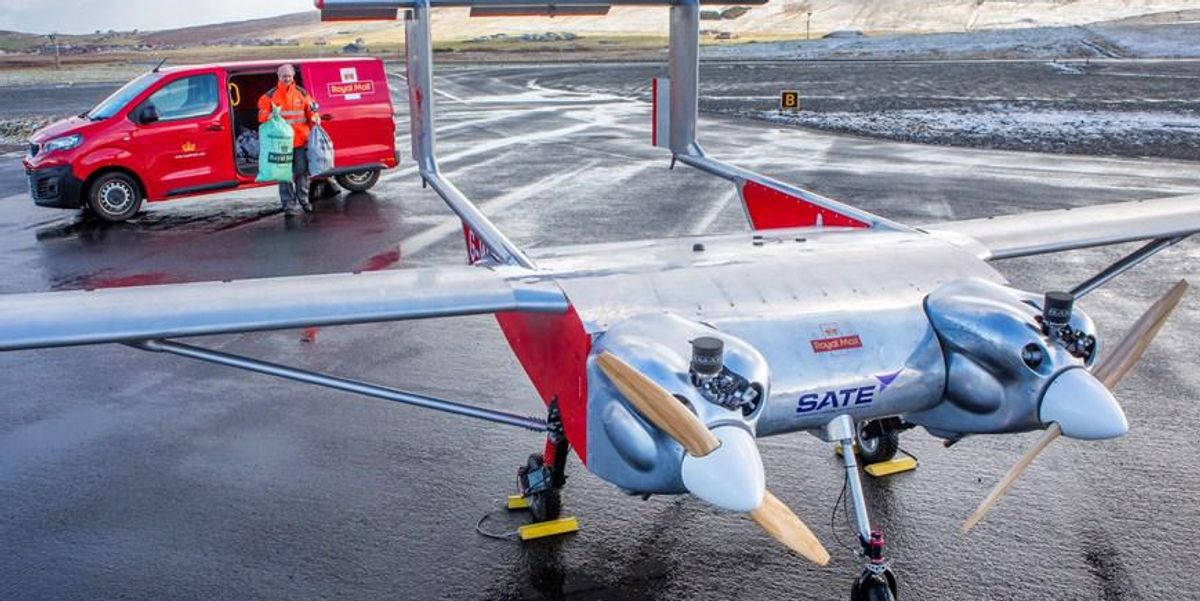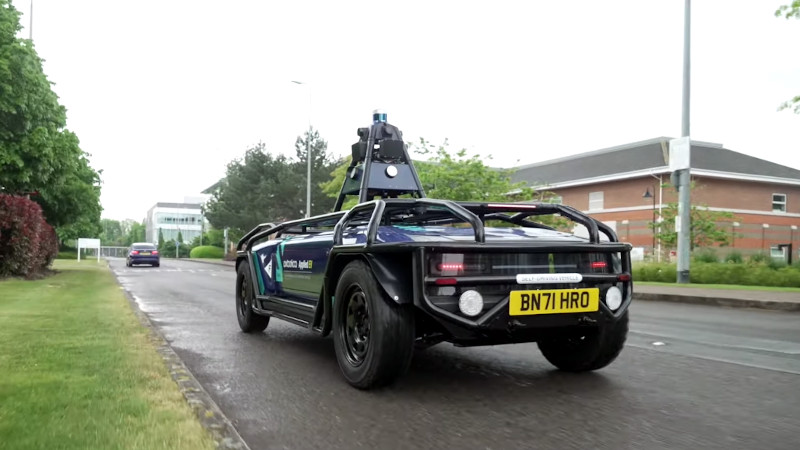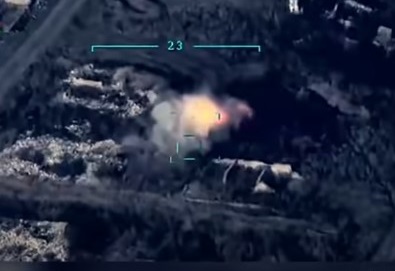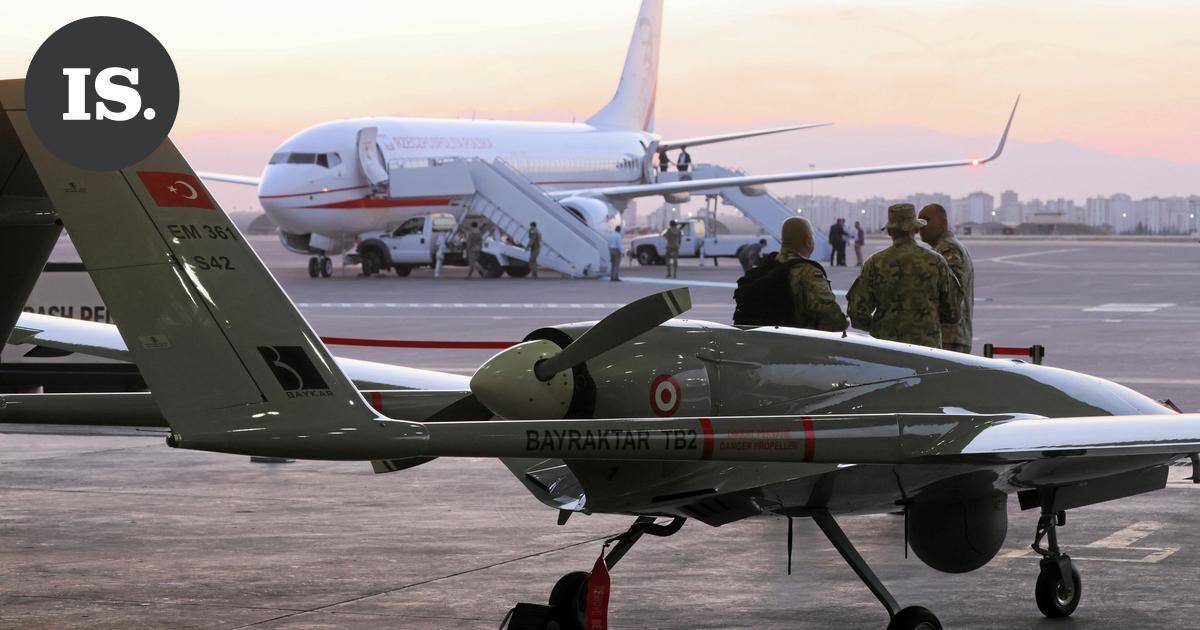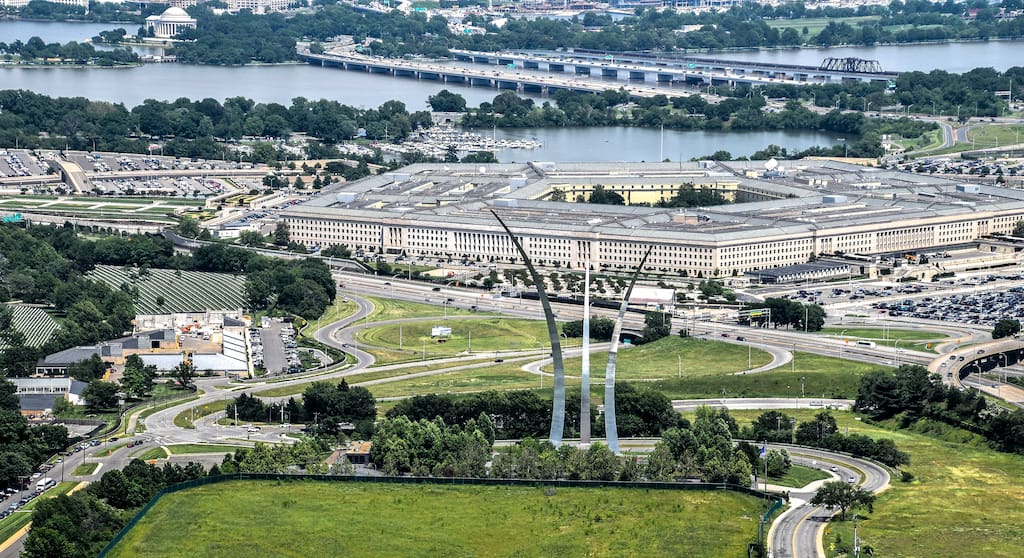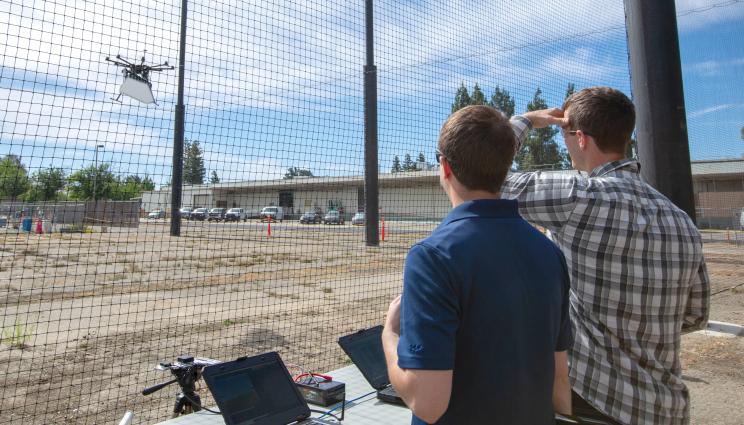Nearly a decade after it was signed, a directive that laid out the ground rules for U.S. autonomous weapons is due for a refresh, according to the leader of the Pentagon’s emerging capabilities policy office.
Given the time passed and significant advancements in artificial intelligence and machine learning, now is “actually an opportune time” for the Department of Defense to “take a look at that directive and figure out what should be done to reflect, sort of, where we are now compared to where we were a decade ago,” Director Michael Horowitz said May 17 at
the Nexus 22 symposium.
Exactly what would change or when was unclear. He made no suggestions at the event.
Defense Department
directive 3000.09, signed by then-Deputy Secretary of Defense Ash Carter in November 2012, details how autonomous and semi-autonomous weapons systems can be developed and deployed and constructs guardrails to mitigate loss of control or unintended casualties.
Horowitz regards the edict as “the world’s first policy statement on autonomous weapon systems,” a “remarkable document in many ways.”
The passage of time, technological leaps,
wars fought abroad and bureaucratic changes at home can render policy and procedure out of touch.
Since the creation of the directive, the Pentagon launched the Joint Artificial Intelligence Center, what was its AI locus, and the chief digital and AI office, a next-generation suite dedicated to all things data. The military services, too, are increasingly experimenting with autonomy and unmanned systems. And there remain skeptics and grassroots groups opposed to tools of war — so-called killer robots — that can operate without a human directly looped in.
Horowitz said the
Defense Department is committed to “being responsible about autonomous weapon systems, and having guidance concerning them that incorporates all that has happened over the last decade.” His hope, he said, is that anything the department does moving forward “would reflect that need for responsible speed when it comes to the the adoption of these kinds of systems.”
The Pentagon on May 27 said Horowitz and his office were examining what autonomous systems, hypersonic tech and directed-energy weapons mean for international competition and stability. Ethical considerations are also being reviewed.
“There are types of weapon systems where the department has decided that we need some additional level of scrutiny or review in addition to the many existing checks that the department has for the approval of weapon systems,” Horowitz said,
according to the Pentagon. “This office will be managing policy about some of those processes and advising the undersecretary of defense for policy on other emerging capabilities, those where additional policy guidance is necessary.”

